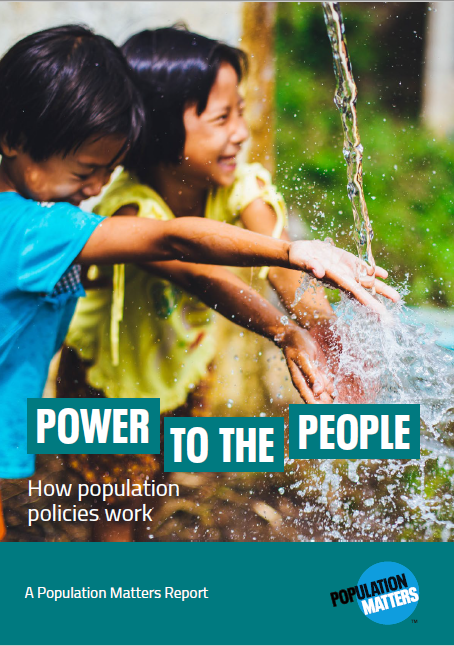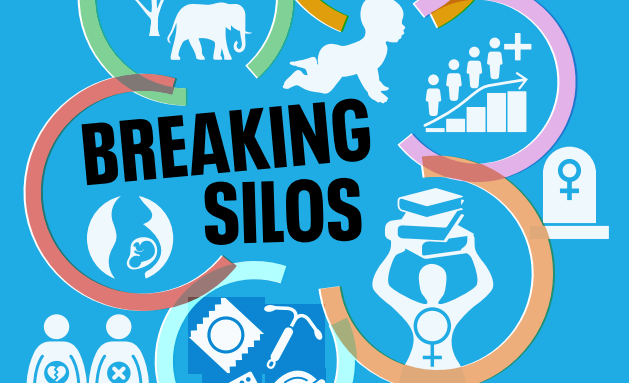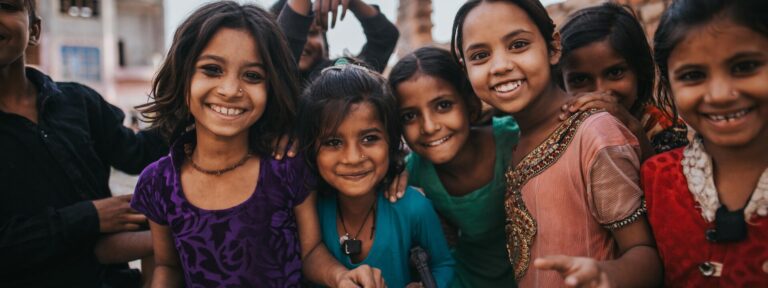
Ending the Silence on Population and Reproductive Rights
Breaking Silos is a new independent report looking at the impact of population growth on vulnerable communities and the continuing reluctance to talk about reproductive rights and population as interconnected topics. Yesterday, we were fortunate to host two of the report’s authors in a webinar to discuss their findings.
This week, Population Matters supported the release of Breaking Silos: Ending the Silence on Population and Reproductive Health and Rights, an independent report that was funded by the Weeden Foundation.
To mark its release, we held an insightful webinar with two of the report’s authors, where they discussed some of the key themes from the report and helped set the scene for the opportunities missed and the collaborative work that needs to be done to improve reproductive health and curb population growth. We also heard from Population Matters’ Campaigns and Content Specialist as she prepares to attend the Commission on the Status for Women in New York next week.
Scroll down to see a full recording of the webinar and a summary of the three presentations.
30 years after cairo
The report, authored by Céline Delacroix, Karen Hardee and J. Joseph Speidel, looks at the impact of population growth on vulnerable communities and examines the challenges and opportunities arising from the linkages between sustainable development, reproductive justice and demographic change.
Its publication comes 30 years after the International Conference on Population and Development (ICPD) in Cairo, a milestone event that called for all people to have access to comprehensive reproductive health care, including voluntary family planning, safe pregnancy and childbirth services. ICPD set the international agenda on population issues, focussing on individual rights and the needs of women and girls in particular.
Breaking Silos focuses on the progress that has been made in the intervening three decades, but also identifies areas where progress hasn’t been good. In particular, it identifies the damaging effects of refusing to accept the links between reproductive health and population dynamics.
The full report is available to read and download here. If you would like to read an eight-page summary of the report, you can find that here.
Watch the full webinar
reproductive rights inextricably linked to population
After a brief introduction from Head of Campaigns and Communications here at Population Matters, Alistair Currie, Céline Delacroix was first to present.
Céline first helped set the context for the report, released 30 years after the ICPD in Cairo in 1994. This was a turning point for reproductive rights and women’s empowerment on a global scale. At Cairo, a family planning movement became a reproductive health and rights movement, which over time became the Sexual and Reproductive Health and Rights (SRHR) movement of today.

In 2024, however, there are still serious issues with reproductive rights, highlighted by the fact that almost half of all pregnancies are unintended, and more than 250 million women who want to avoid pregnancy are not using safe, modern methods of contraception. Population dynamics are largely ignored in this context, even though connecting these issues would help strengthen SRHR.
“Reproductive health and rights and environmental sustainability have a mutually reinforcing relationship. This, however, is not reflected in the way in which reproductive rights are conceptualised and how we discuss them.”
Céline Delacroix
Céline points out that healthy environments contribute towards better SRHR, and the reverse is also true. Improving reproductive health and rights benefits environmental sustainability in many ways, not least because of the clear impact of population growth on our climate crises and environmental degradation. It also helps to cement inequality, as certain population groups are disproportionately impacted by these growing crises.
Since Cairo, SRHR has been detached from conversation around environmental sustainability and population dynamics, which have increasingly been characterised as unethical and tantamount to population control. It means there are no mentions of population issues in important agreements, including the Sustainable Development Goals, leading to incoherent policies.
Breaking Silos draws attention to the importance of population growth, structure, urbanisation, migration etc., in a SRHR context. A narrow focus on SRHR without those considerations is a misrepresentation of the science. We know that enhancing individual health and rights will lower fertility and slow population growth. Acknowledging the possible impact of family planning on broader development sectors helps change the framework and appeals to new audiences.
A common agenda
Joe led with his thesis for his presentation, “the people and organisations working to better humanity and save nature need a common agenda.”
Setting the scene, Joe made it clear that consumption and population growth are making unsustainable demands on our natural resources. The task ahead of us should not be underestimated, as we need to support billions of extra people, eliminate greenhouse gases, reverse environmental degradation and improve the living standards of four billion people living on less than $5 a day.
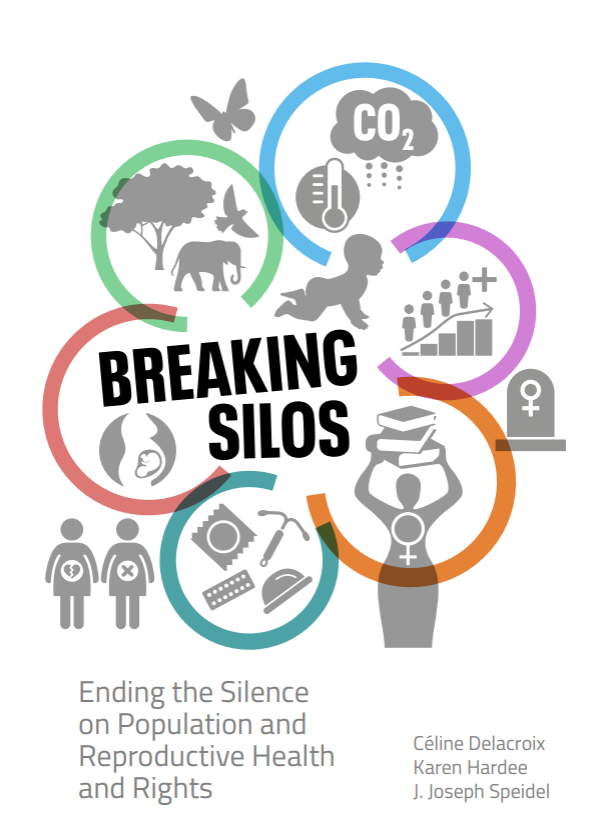
Too many organisations and individuals look to avoid controversy rather than follow the science. There is widespread support for women’s rights, but many think promoting small families or linking family planning and population will inevitably lead to coercive policies. Joe went on to question the validity of the UN population projections, as:
…they [the UN] have repeatedly underestimated the speed and magnitude of future world population growth.”
Today, there is a focus on technology and a lack of understanding that countries in the Global South will consume more as they gain wealth (as they should). This means they could become bigger consumers than the current wealthy nations, as has happened in China.
An emphasis on SRHR is an example of a shared agenda that policy makers should adopt. Education, women’s empowerment and access to family planning allow women to choose the number and timing of their offspring. Joe went on to emphasise:
Policy makers concerned with poverty and climate should recognise that, with the exception of a few oil-rich nations, no country has successfully lifted itself out of poverty without reducing its fertility rate. Additionally, no country has reduced its fertility rate without extensive use of abortions.”
Download the full Breaking Silos report
Sub-Saharan Africa
With the Commission on the status of Women focused on the links between poverty and gender equality, Florence spoke about an area of her expertise and personal experience, Sub-Saharan Africa. The population there will likely double by 2050 and, although there has been some reduction in the last 60 years, the Total Fertility Rate (TFR) remains persistently high. Of the eight countries that will make up over half the world population in 2050, five are in Africa, four in Sub-Saharan Africa.
Rapid population growth makes it more difficult for lower- middle-income countries to afford the increase in public expenditures on a per capita basis that is needed to eradicate poverty, end hunger and malnutrition and ensure universal access to healthcare, education and other essential services.”
UNDESA, 2021
Having worked as a journalist in her native Uganda for many years, Florence could personally speak to the level of poverty described in the United Nations Department of Economic and Social Affairs (UNDESA) quote above. This was particularly apparent in rural areas.
Extreme poverty is concentrated in places with rapid population growth, with 579 million in Sub-Saharan Africa. Population growth outpaces poverty reduction in many places, including Ethiopia. There, they succeeded in reducing poverty rates from 83 percent to 69 percent, but due to population growth the absolute number of people increased by two million in the same period.
As we all know, girls and women are disproportionately impacted. Poverty tends to mean no school, and if a young girl doesn’t go to school this can often mean child marriage, frequent child bearing and high maternal mortality rates.
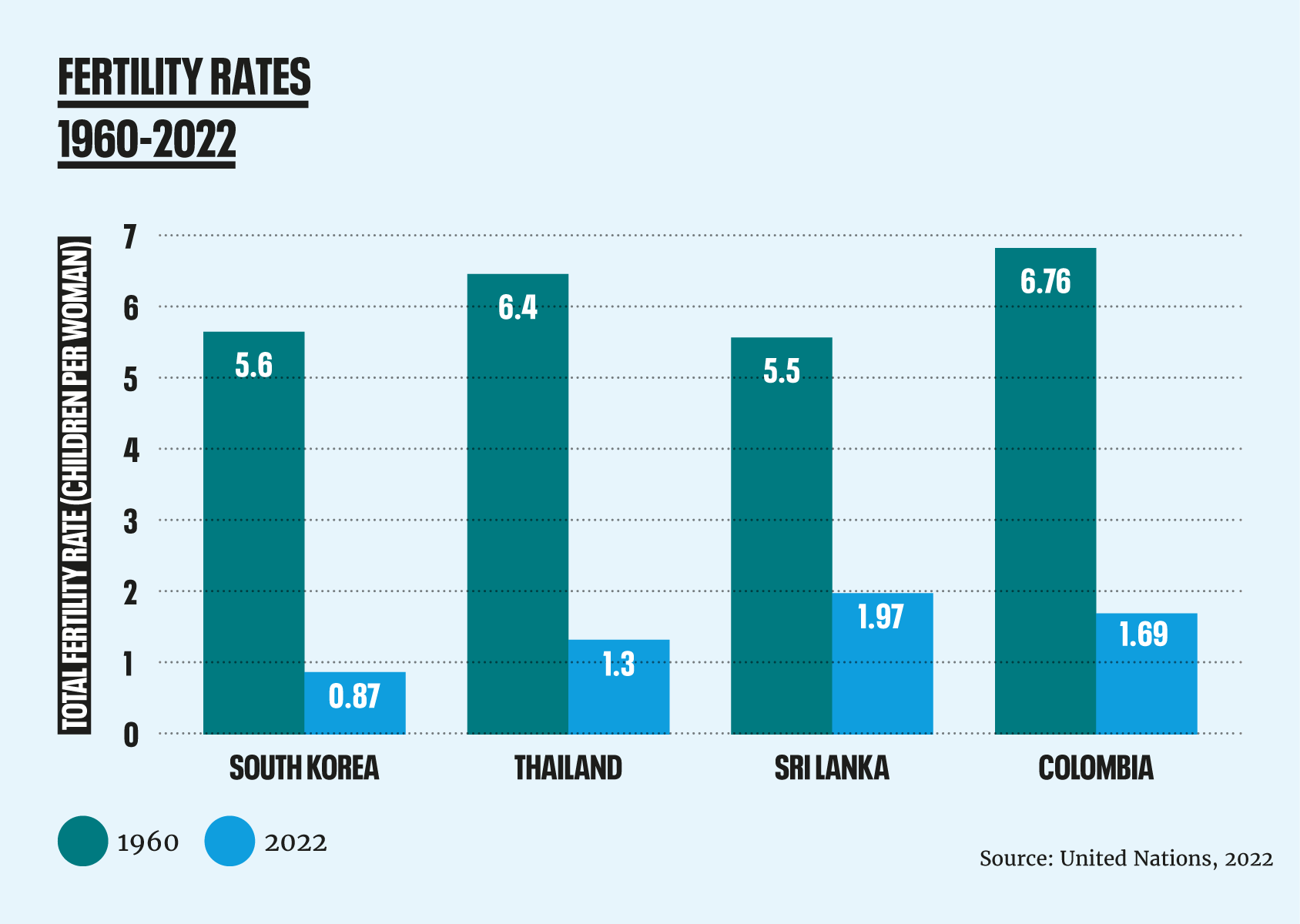
Florence talked about how can improve the situation for millions of people, and the need for a fertility transition. She also highlighted that it has been done with voluntary programmes in countries like Bangladesh, Morocco and Thailand. The solutions are clear and Florence was keen to emphasise the role of education and modern family planning, both existing concurrently.
Building bridges
We are very proud to have been able to support the publication and launch of the Breaking Silos report, which we hope will help to open up a vital conversation. Our congratulations to auhors Céline Delacroix, Karen Hardee and J. Joseph Speidel. Further thanks to Céline and Joe for joining us for the webinar and providing such insight into this fascinating and under-reported topic.
We’ll wrap up with Alistair’s final words during yesterday’s webinar.
We are hoping to build bridges. Where people have concerns over population within the reproductive rights community, we understand those concerns but we think this report very clearly demonstrates it’s time to start talking to look at the opportunities we have for additional funding, additional champions and additional support.”

